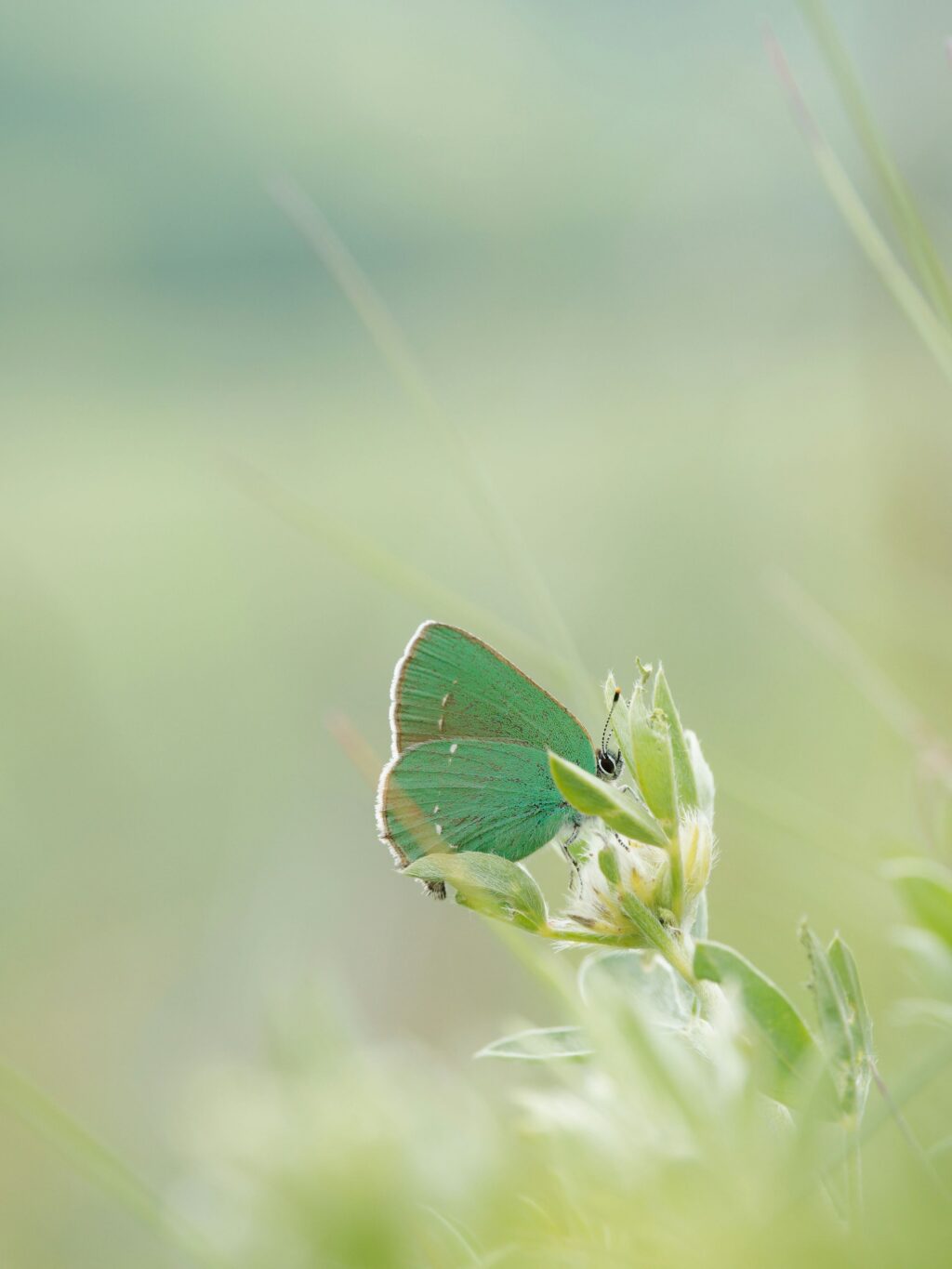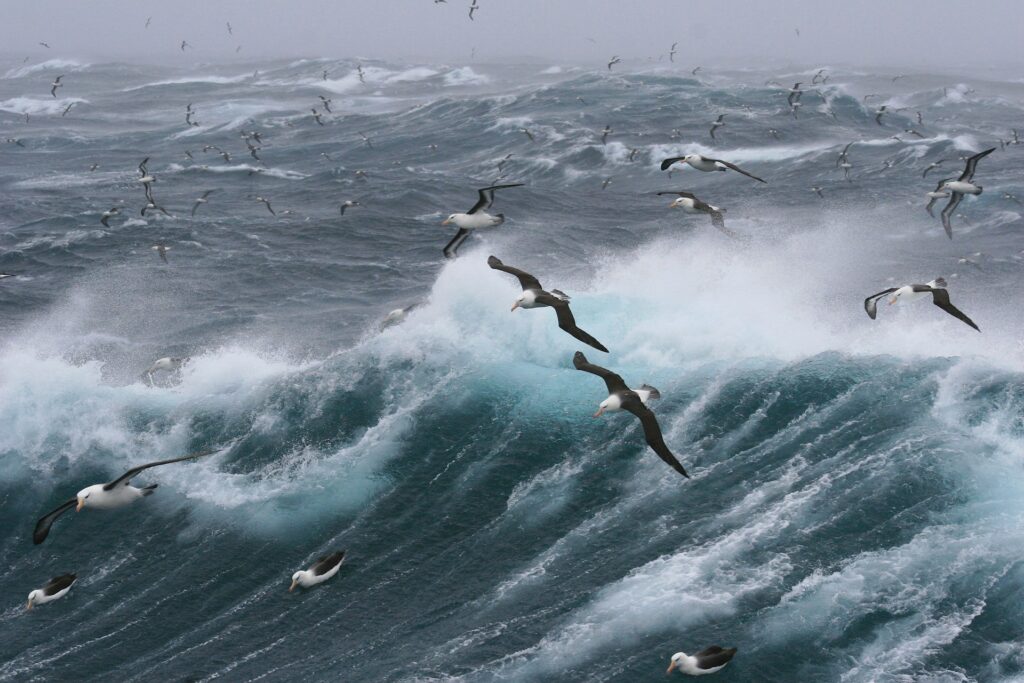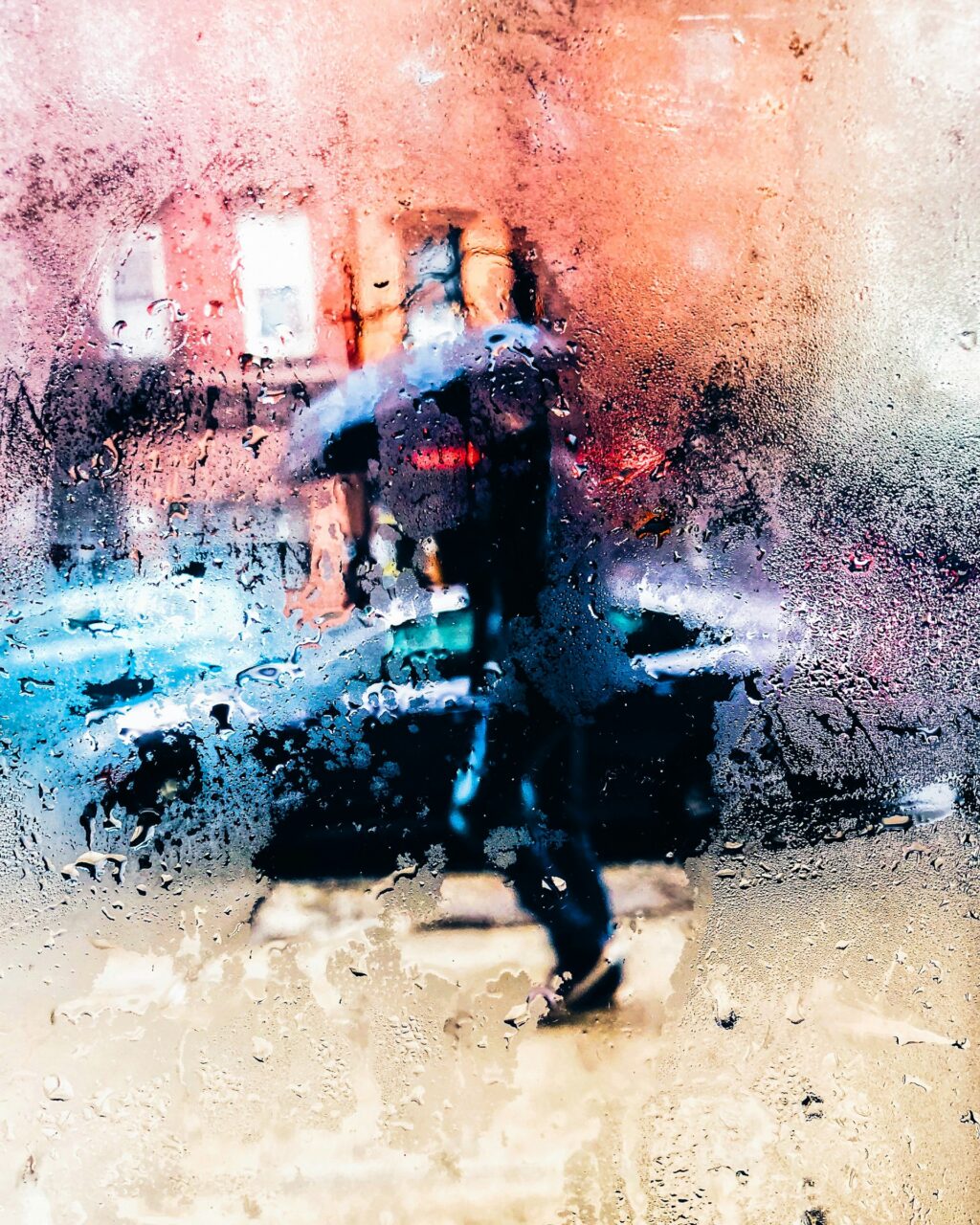Should you Automatically Shoot Landscapes in this Orientation or Go Vertical?
I won't knock you over the head for assuming landscapes should be shot in landscape orientation and portraits should be, guess what, shot in portrait orientation. Sometimes, we can mix things up a little.
Occasionally, going with the opposite orientation that you're used to can seem plain weird, almost wrong. But why?
Well, this is where we're busting open some misconceptions about the “rules” of shooting landscapes. I'll let you in on a secret…there aren't as many rules as you think. We won't have you handcuffed here.
While I don't subscribe to all “rules” in the art if photography, there are fundamental guidelines that you really must at least be aware of as this will help you develop as a photographer if you know the essentials first.
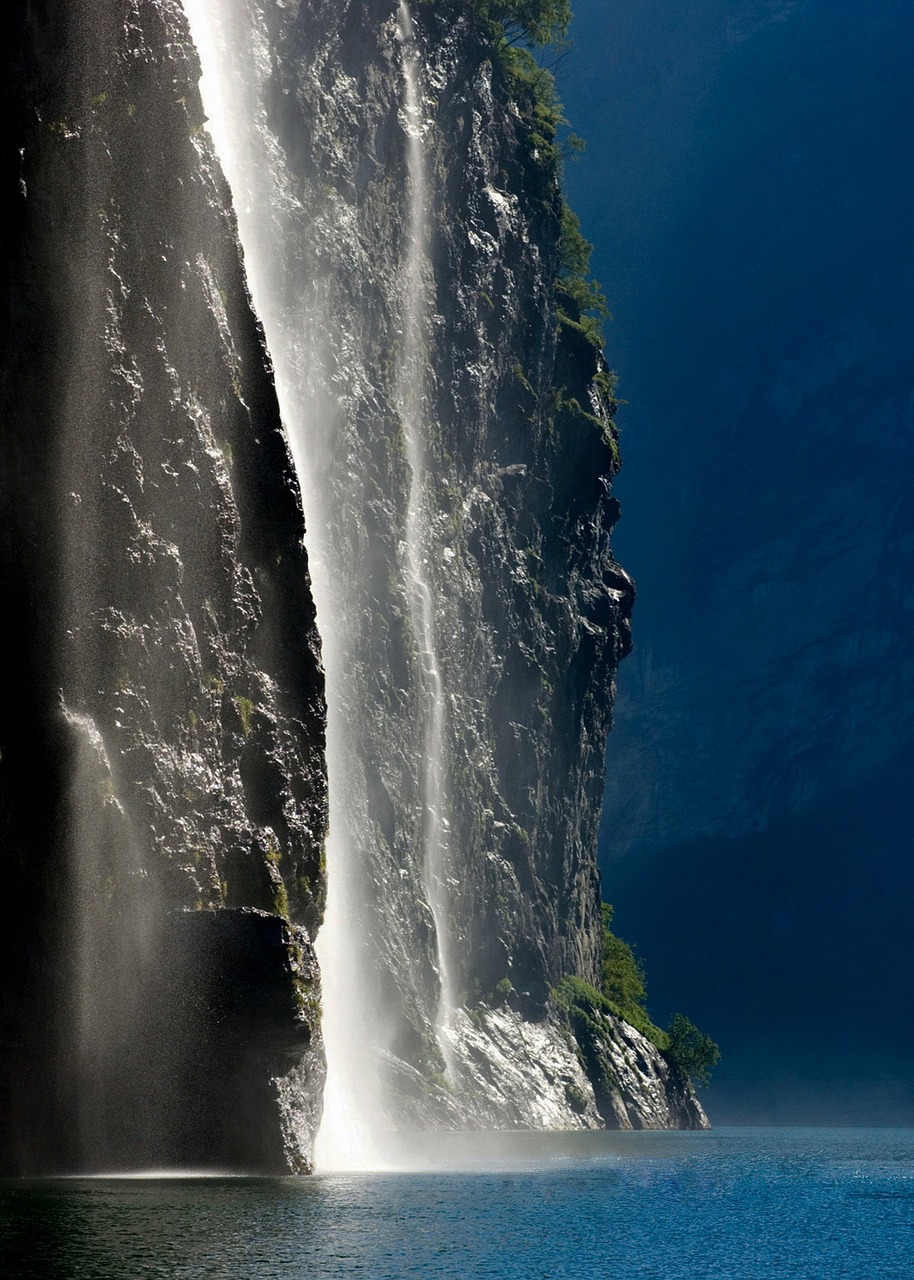
What about this then – can shooting a stunning, vast landscape be just as equally, if not more beautiful, captured by turning your camera upright?
Interesting question, isn't it?
The answer is, yes. Sometimes it will. In fact, sometimes it will hugely BENEFIT the shot and make it way more epic than that drab old landscape shot you were contemplating when setting up your gear.
On to it then.
How to Photograph Vertical Landscapes – 5 Top Tips
1. Are you Making a Better Photo?
The most basic question to ask yourself, are you getting the most out of a scene simply by shooting wide to capture the vastness of the beautiful landscape in front of your eyes?
If the answer is yes, it's ALL part of making the composition just perfect, then leave it. However, if it's just not doing it for you, time for a little change. Flip the camera on it's vertical and see how things look?
Often, this simple act can alter the implied emphasis on the contrast between foreground and background.
Your framing will now be totally different and you won't have as much in the photo. Is this a problem, or in fact, are you highlighting some of the more important “striking” landmarks within the frame now?
A new perspective can change what is already in front of you.
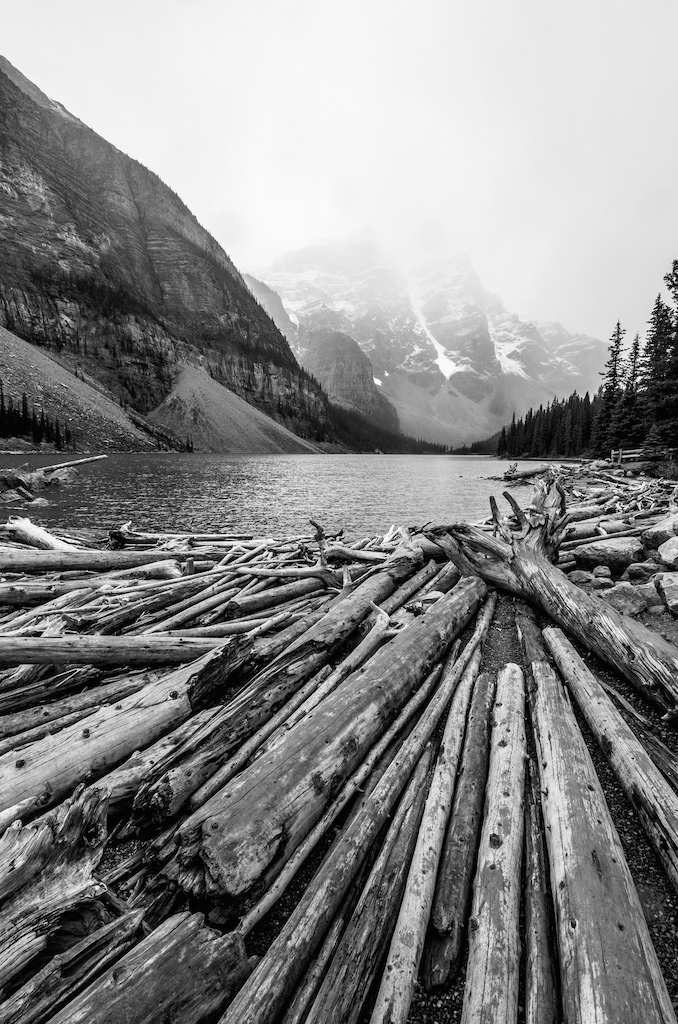
2. Think About Other Elements in Your Photo
Foreground
Now that you're turning your camera 90 degrees, are you seeing more of what the foreground is offering in your composition? More often than not, including a foreground focus is key to keeping your viewer's interest throughout the photo.
Take this image below and what those golden/orange leaves are adding to an already spectacular image. Notice how the lines from the bottom of the frame are leading your eyes up to the stunning settlement on the top of this rock edge?
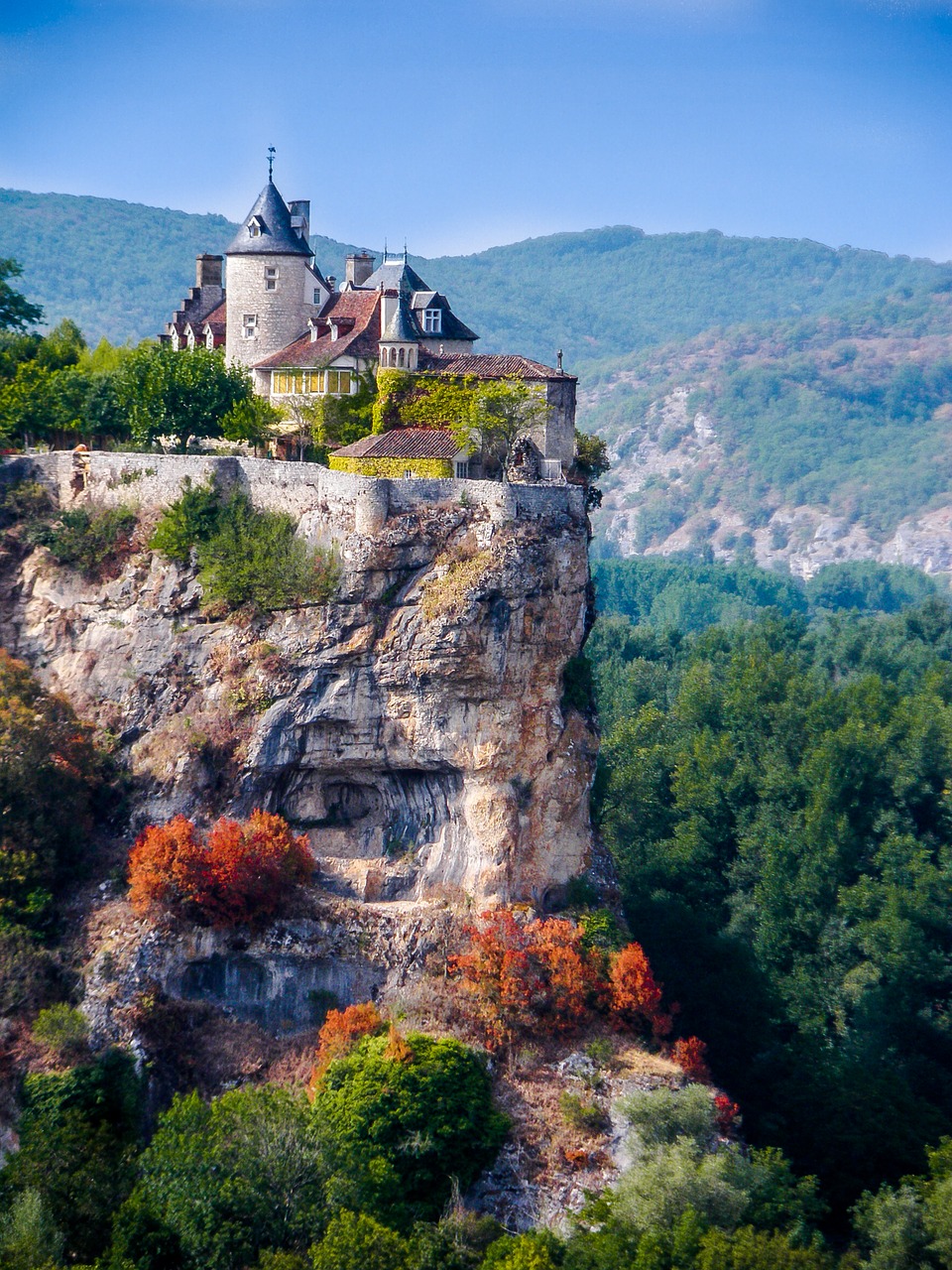
Background
This is important because it's where our eyes are usually headed. Sometimes, this is where we go right away before even considering the rest of the image. When we're looking at landscapes, we are, of course, looking for the light and more specifically, the sun (or the moon).
Ask yourself if this would be best suited to remain in the frame, slightly cut out (often providing lens flare) or avoided altogether?
Sometimes the background IS the subject, like this spectacular shot below of the Northern Lights.
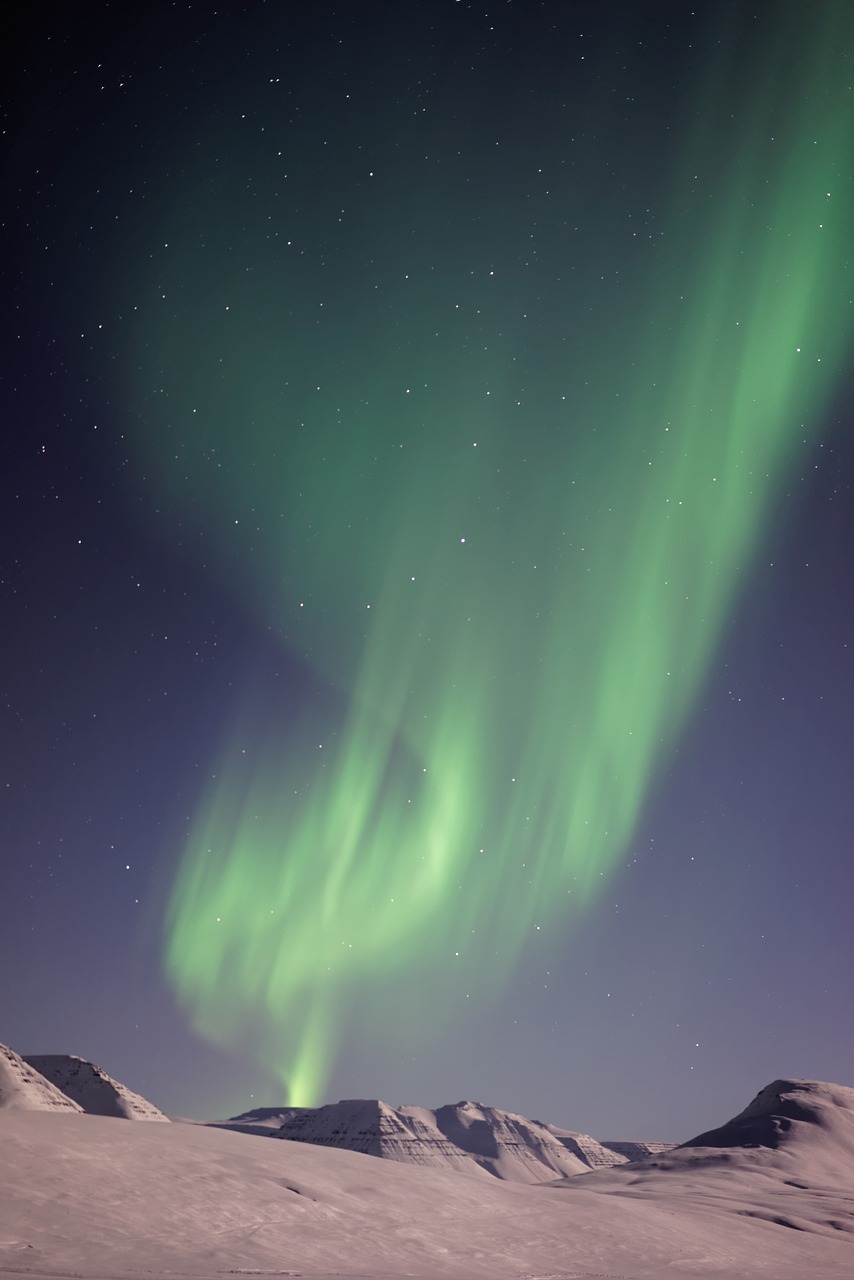
Framing
Using foreground elements in a frame is important and it can help navigate the viewer toward your intentions. However, there's another technique to consider here.
This goes for portrait or landscape shooting techniques and involves using elements of the frame (the outer edges) to ‘frame' the subject or viewpoint within the overall image.
Take a look below how the trees at the sides are ‘framing' the centered mountain – notice the wide path at the bottom becomes an obvious place to lead the eye from.
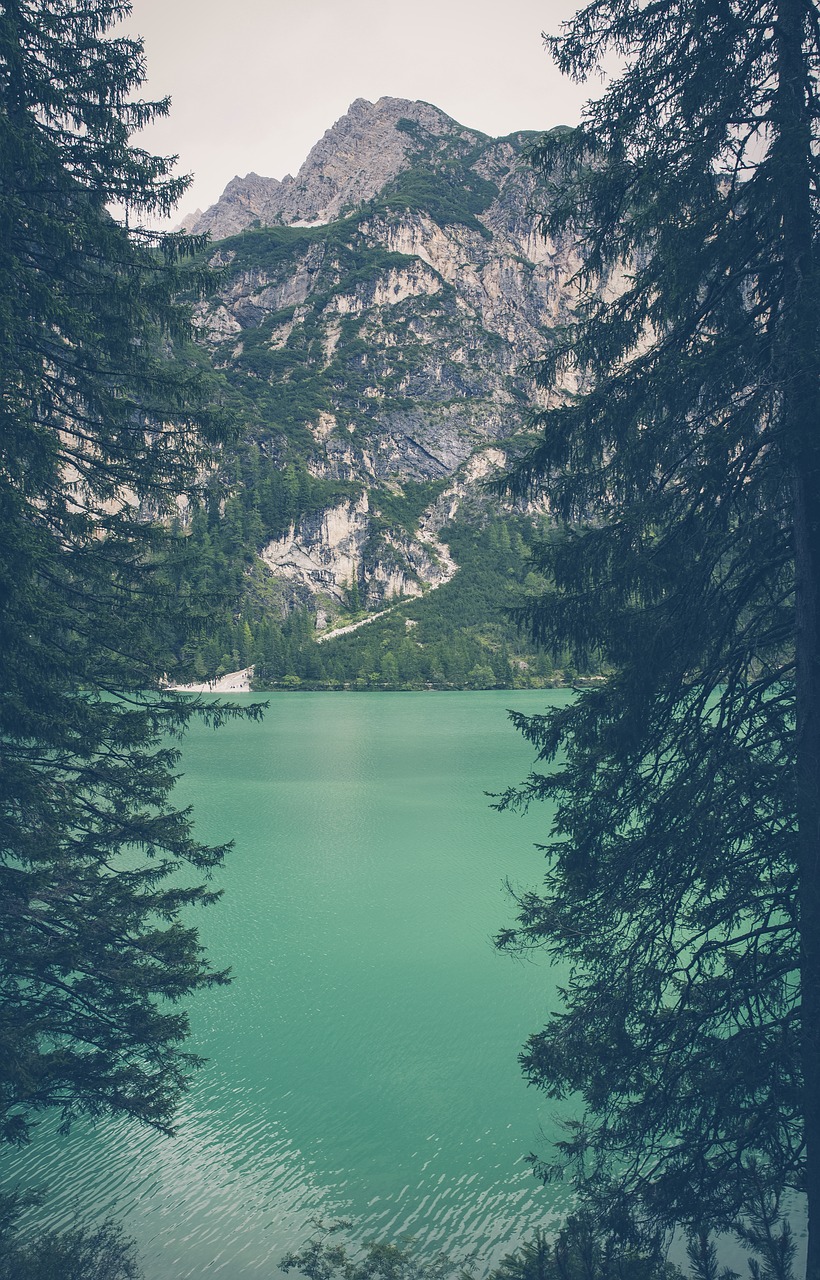
3. Using the Rule of Thirds
Yes, we know, this concept gets thrown around a great deal! Enough already….
But, it's referred to for good reason – correct composition.
Ensuring you have elements of your image placed on intersections between the ‘imagined' third points is always a great place to start. Your horizon will be powerful when placed on the upper of lower third of the image. In fact, raising it higher or lower still, can dramatically raise the contrast of sections within your photograph.
Get yourself clued up here – just in case you need a refresher!
The Rule of Thirds: The Rule Every Photographer Must Know
4. Is a Wide Angle Even a Viable Option?
Always consider exactly what you're seeing in front of your eyes. Would zooming out to 10mm actually capture the beauty of what you're trying to achieve or is it just “taking it all in” basically overwhelming and confusing the viewer? It can be a tough call.
Sometimes, shooting a landscape in a vertical orientation can force you to select more “unique” features as your focal point(s).
Look at the central composition here and how it really works by drawing the eye right to the center line of the image where the sun's rays are bursting through the tree.
This results in a beautiful focal point before your attention heads downwards to the right, where you have a completely diagonal line across almost the entire image (to the upper left), before heading down to the horizontal axis at the bottom.
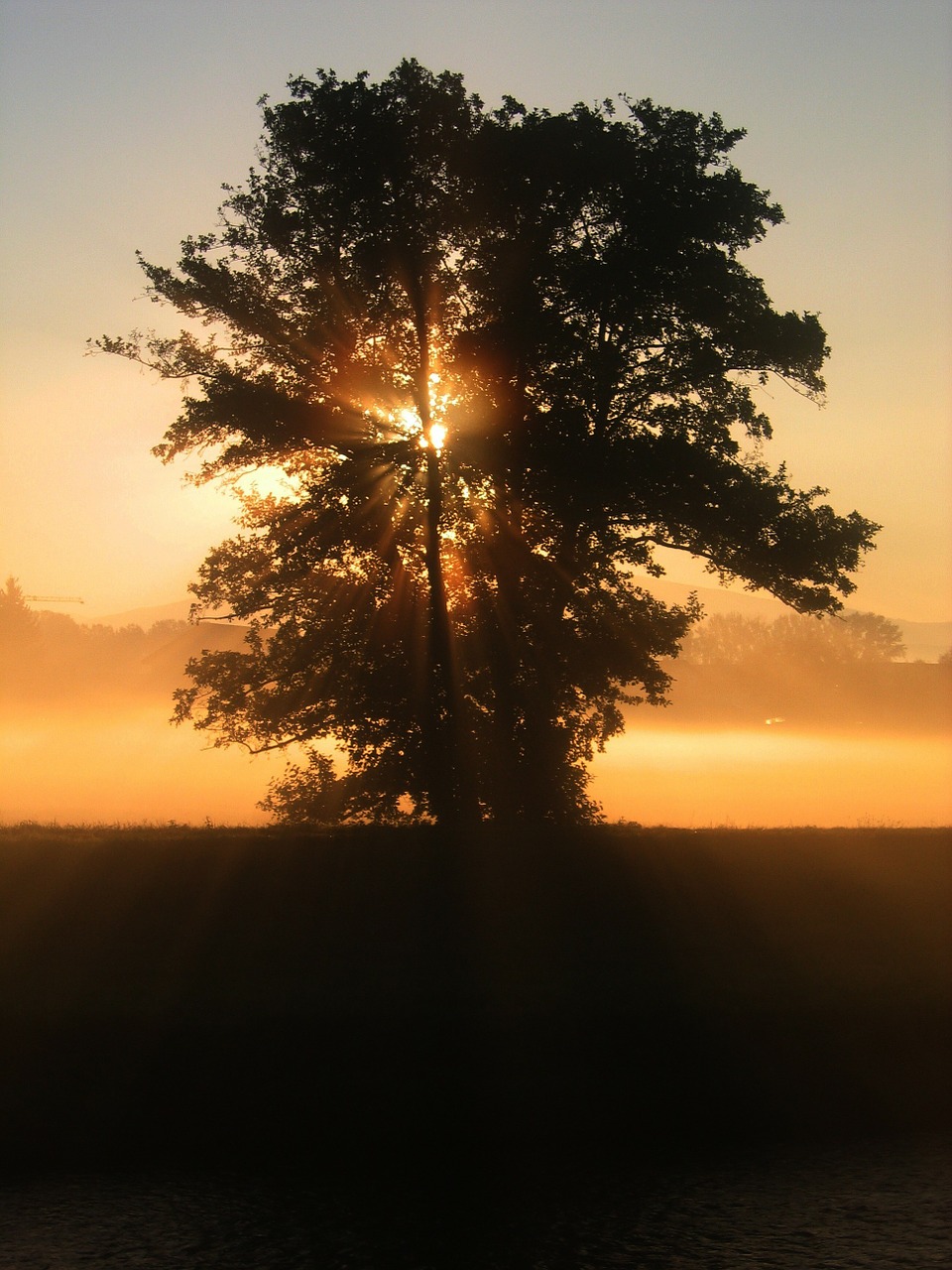
5. Lines
It's no surprise to read that lines play an important role in ALL photography, especially landscapes. Where are your eyes being led toward?
Making it clear can help produce a powerful composition with intent. These lines could be “actual” lines (like on a road) or lines like this one (below) which are more of a shape (like a path/fence/river etc) – straight or meandering.
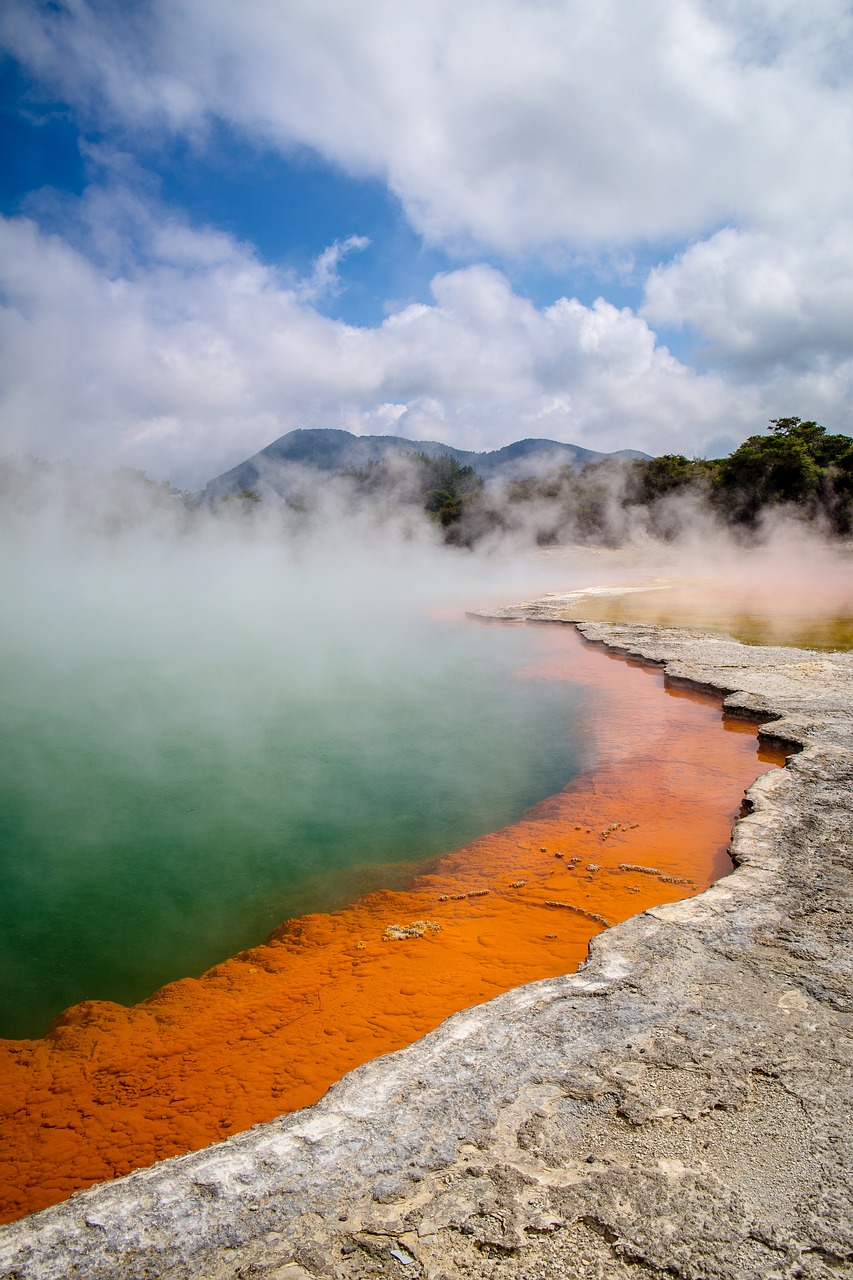
Summary
Experiment and dare to do something a little different, even if your instinct is telling you ‘no'. Using the simple compositional technique of altering the way you're approaching and shooting landscapes will have a positive impact on the diversity of your images.
To me, that sounds pretty cool.
See what kind of shots you can get by applying this uber-simple change of perspective – best of all, go to your frequented spot and try something different, whether this is an urban scene or a simple landscape.
You'll be surprised what you come home with!
Further Resources
- 4 Rules of Composition for Landscape Photography – DPS
- Something Different: Using a Telephoto Lens for Landscape Photography by Jason D. Little
- Improve Your Landscape Photography With These 5 Free Guides by Ritesh Saini
- 50 Things You Need to Remember When Shooting a Landscape Photograph by Lightstalking
Further Learning
Thinking of taking your Landscape shots to a whole new level? You bet.
This Guide is for YOU: “Landscape Photography Guide” by the team at Photzy!


